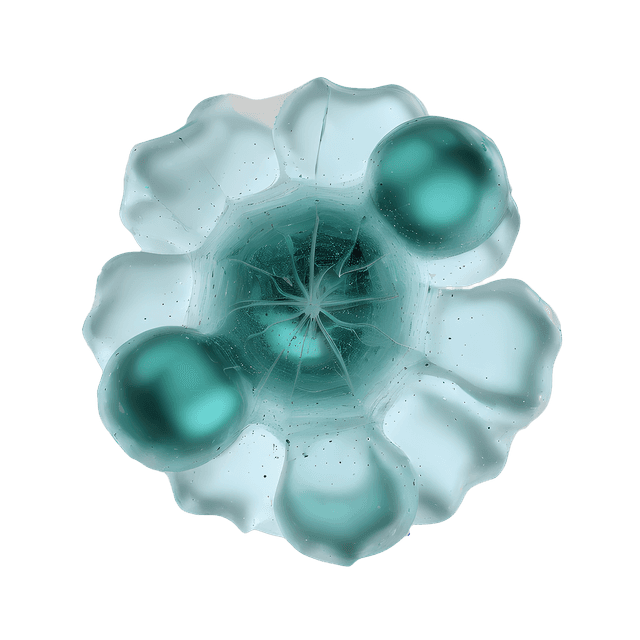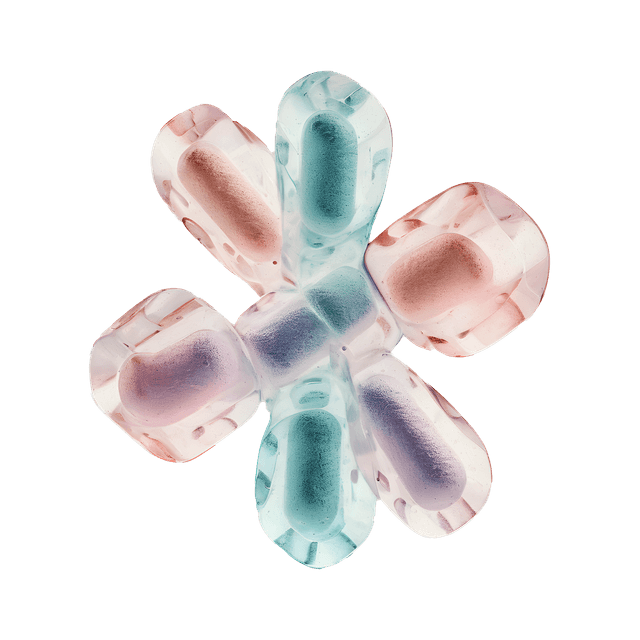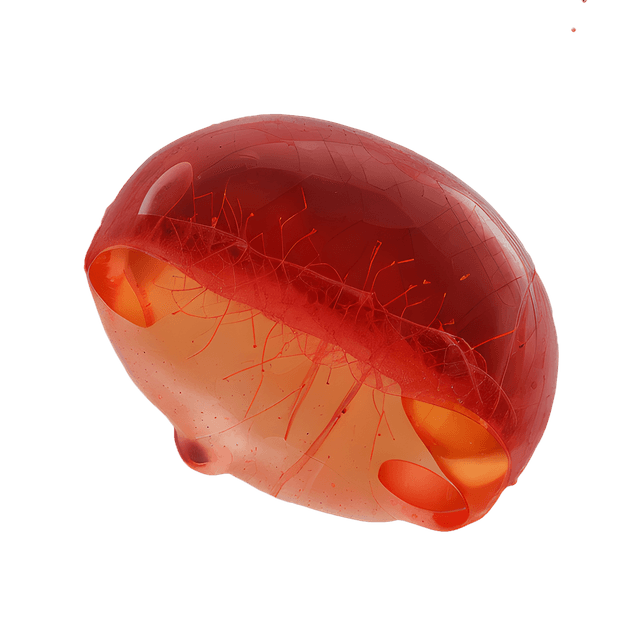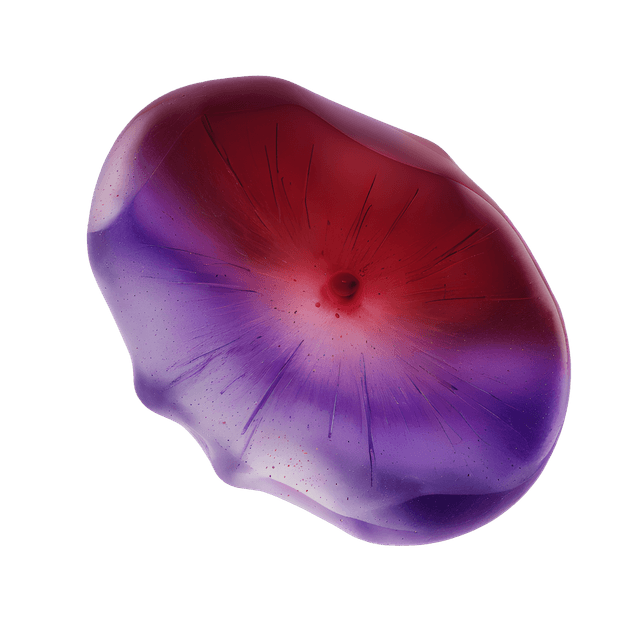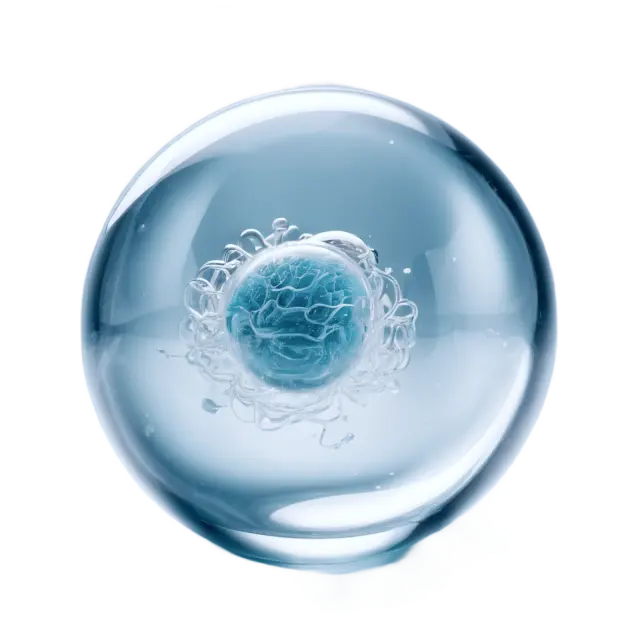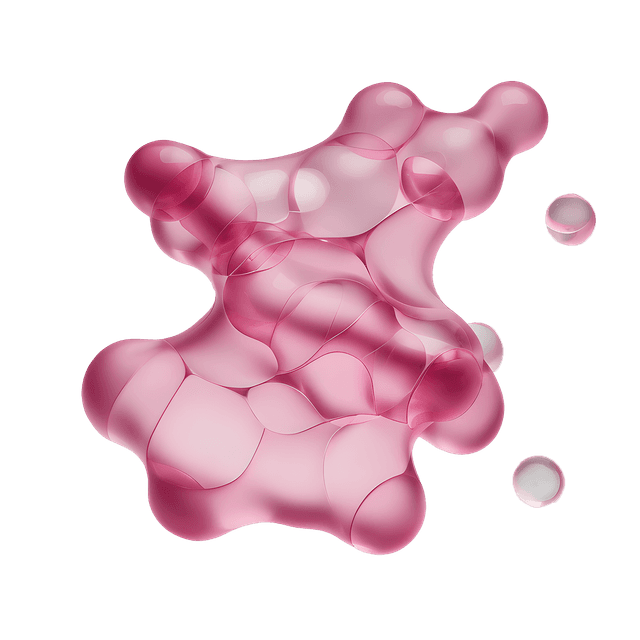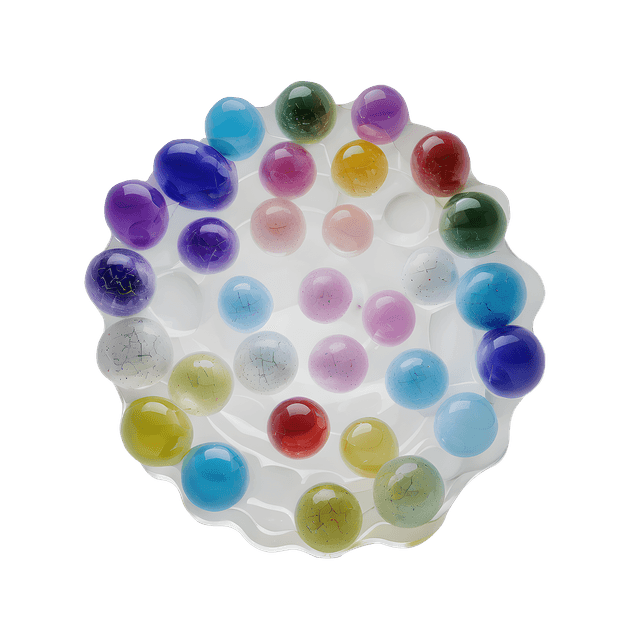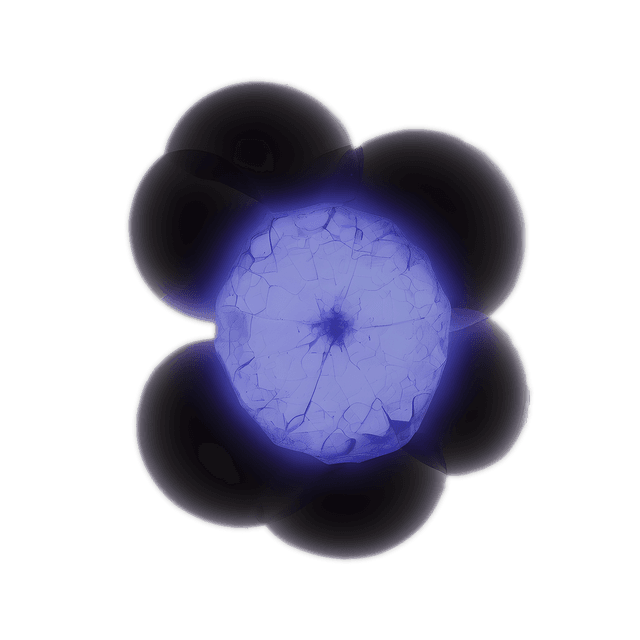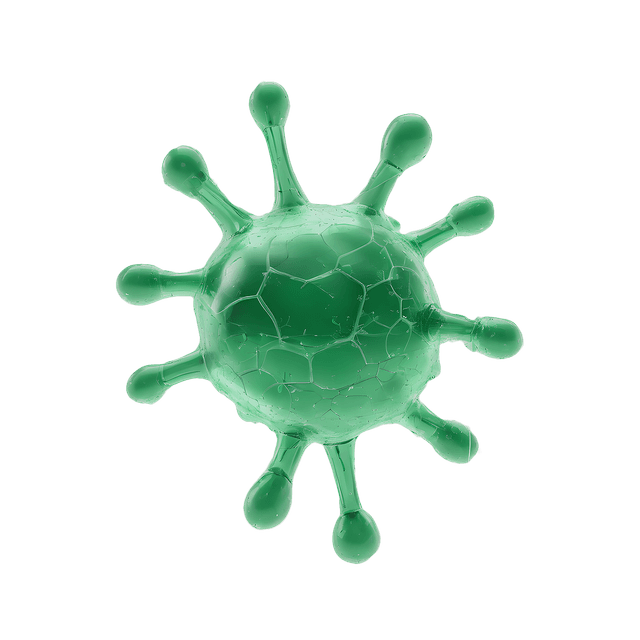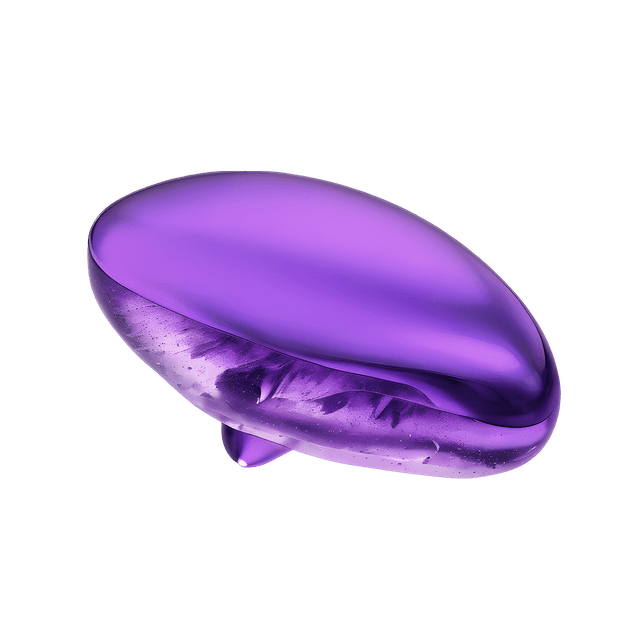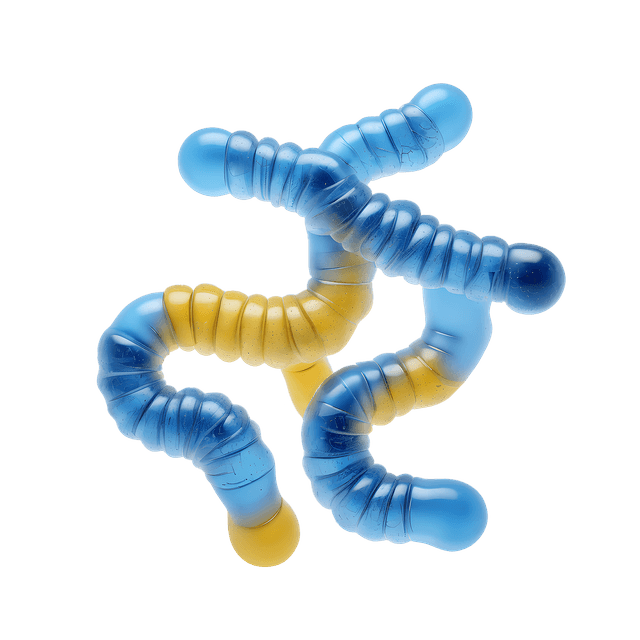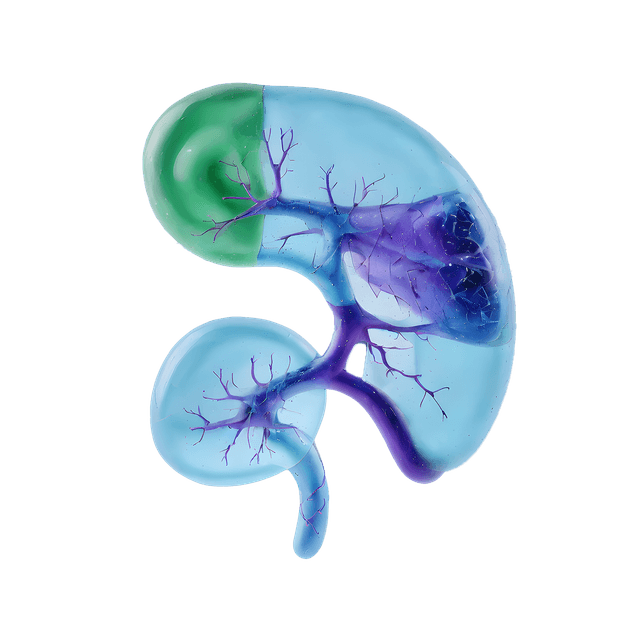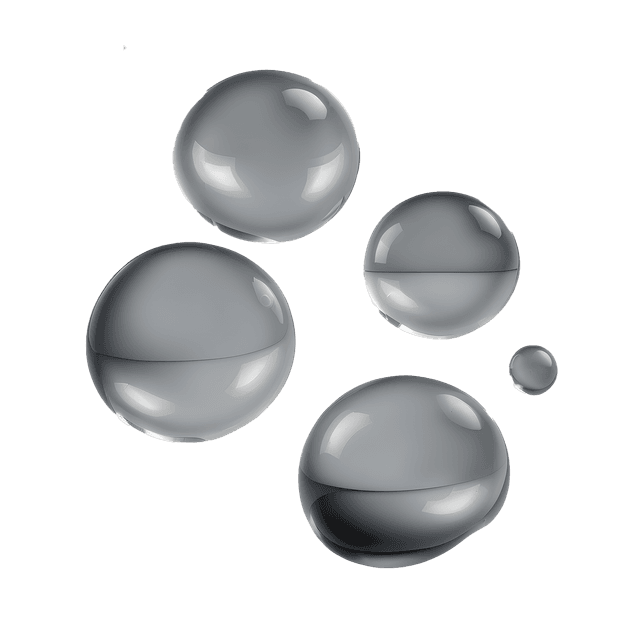What is Erythrocyte Morphology?
Erythrocyte morphology refers to the microscopic evaluation of red blood cells (erythrocytes) regarding their shape, size, color, and structural integrity in a stained peripheral blood smear. The assessment is typically performed manually using light microscopy after Wright-Giemsa staining or an equivalent hematologic stain, allowing visualization of both cytoplasmic and nuclear features of various blood cells.
The normal appearance of erythrocytes is characterized by the following morphological features:
- Biconcave shape: A disc-shaped cell with indentations on both sides, increasing the surface area for gas exchange and producing the characteristic central pallor under the microscope.
- Uniformity: Cells should be homogeneous in size (normocytic) and shape (normopoikilocytic) with minimal variation between individual erythrocytes.
- Central pallor: The lighter central area should occupy approximately one-third of the cell’s diameter, reflecting normal hemoglobin concentration (normochromasia).
Deviations from these normal characteristics may result from altered erythropoiesis in the bone marrow, increased hemolysis, mechanical destruction in circulation, or the influence of nutritional deficiencies, toxins, inflammation, or genetic disorders. For example, defects in membrane proteins (such as spectrin, ankyrin, or band 3) may lead to the formation of spherocytes or elliptocytes, while enzyme deficiencies or hemoglobinopathies produce other distinct morphological abnormalities. Erythrocyte morphology thus provides essential insight into underlying pathophysiological processes.
When is Erythrocyte Morphology Used?
Erythrocyte morphological analysis is a valuable diagnostic tool in the evaluation of abnormal complete blood counts (CBC), especially when automated cell counters indicate macrocytosis, microcytosis, hypochromia, or an increased red cell distribution width (RDW). Since automated analyzers cannot always distinguish specific morphological abnormalities, microscopic evaluation is often required to establish an accurate diagnosis.
The test is typically used in the following clinical scenarios:
- Unexplained or multifactorial anemia: To differentiate between microcytic anemia (e.g., iron deficiency anemia, thalassemia), macrocytic anemia (e.g., vitamin B12 or folate deficiency), and normocytic anemia (e.g., anemia of chronic disease or renal insufficiency).
- Suspected bone marrow dysfunction: In conditions such as myelodysplastic syndromes (MDS), leukemias, or aplastic anemia, where dysplastic erythrocytes or blasts may be present.
- Hemolytic conditions: Identification of schistocytes, spherocytes, or bite cells in microangiopathic hemolytic anemia (MAHA), autoimmune hemolytic anemia (AIHA), or enzyme deficiencies like G6PD deficiency.
- Monitoring hematologic disorders: To evaluate disease progression or treatment response, particularly in disorders such as thalassemia, sickle cell disease, and hereditary spherocytosis.
- Nutritional deficiencies or toxic exposure: In suspected cases of vitamin B12 or folate deficiency (megaloblastic anemia), lead poisoning, alcohol-induced macrocytosis, or other metabolic conditions affecting erythropoiesis.
The microscopic examination therefore enables a more detailed and qualitative assessment of erythrocytes and complements the quantitative data obtained from automated hematology analyzers.
Common Morphological Findings
| Morphological Abnormality | Description | Associated Conditions |
|---|---|---|
| Microcytosis | Small red blood cells | Iron deficiency, thalassemia |
| Macrocytosis | Large red blood cells | Vitamin B12/folate deficiency, liver disease |
| Anisocytosis | Variation in cell size | Various types of anemia |
| Poikilocytosis | Variation in cell shape | Advanced anemia, bone marrow disorders |
| Target cells | Cells with a central bull’s-eye appearance | Liver disease, thalassemia |
| Fragmented cells (schistocytes) | Fragmented erythrocytes | Hemolysis, DIC, TTP |
| Sickle cells | <td<></td<>



